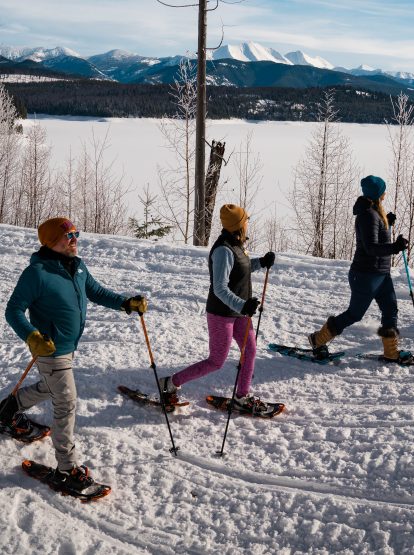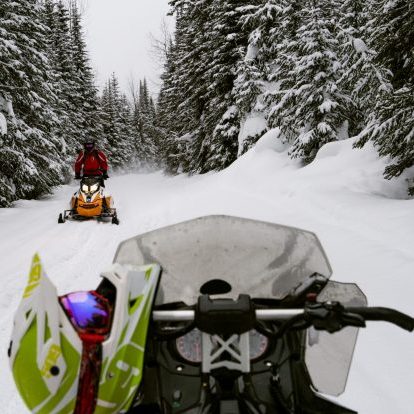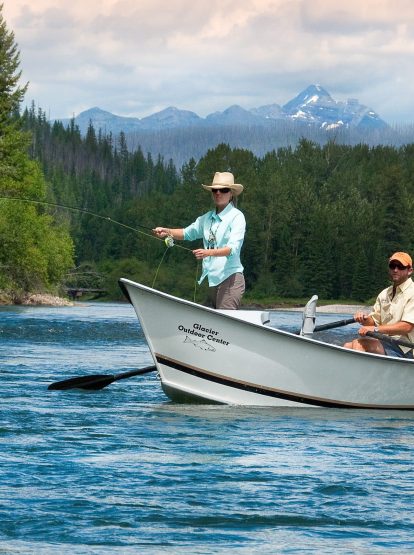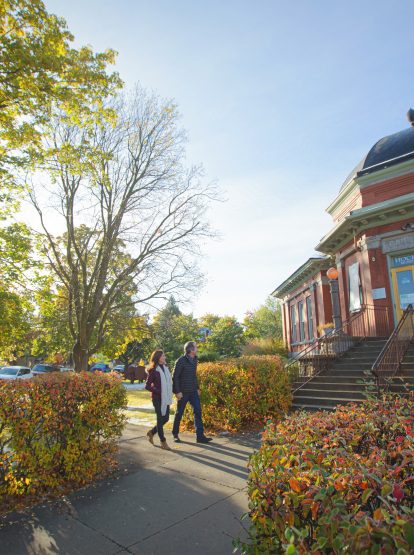Here in Montana, September is Bear Aware Month. And while we know many of you visit from out of state (welcome, by the way!), we also know that you may not be familiar with recreating and vacationing in bear country. In Kalispell and northwest Montana, we’re fortunate to coexist with wildlife, including grizzly bears, black bears, mountain lions, elk, deer and more.
Each year, September brings the most human/bear conflicts to Montana, largely due to bears being very active filling their bellies and prepping for the winter. Meanwhile, as humans, we’re outside enjoying warm days, fall colors and fewer visitors. Which is why our friends at Montana Fish, Wildlife & Parks dedicate September as Bear Aware Month.
At Discover Kalispell, we believe in being good stewards, recreating responsibly and living in harmony with wildlife, which is why we’re sharing how best to be “bear aware” and help minimize negative conflicts. Here’s an overview of how to recreate responsibly, and soak up the outdoors safely, alongside bears.
1. Carry and know how to use bear spray. While we talk about this often, bear spray is one of the top ways to minimize conflicts between humans and bears. Be sure to carry it in a way that’s easily accessible (ie not in your backpack) and make sure you know how to use it. Carrying the same bear spray you have for years? Check the expiration date before setting out. If you flew to northwest Montana or only need it for a short time, you can also rent bear spray in Kalispell.
2. Let them know you’re there. Bears are just as wary of humans as we are of taking them by surprise. An easy way to alleviate this is to let bears (and other wildlife) know that you’re around. This can be done by making noise as you walk, fish or recreate outdoors. And while it’s always a good idea to make noise; be sure to do this when visibility or hearing is limited. We also recommend hiking/walking/biking in groups if possible. If you are mountain biking or trail running, take care to ensure you are making noise, slow down, look ahead and make all efforts to not surprise a bear.
3. Avoid carcasses. This time of year is also hunting season in Montana, which means hunters are on public lands harvesting animals. If you are also recreating on public lands, you’re well-advised to take extra care around carcasses from hunters and/or kills. Bears will often be found feeding on these carcasses, filling up their fat reserves for winter. They don’t like to be surprised, so avoid carcasses whenever possible.
4. Camp responsibly. When it comes to camping, it’s important to keep a clean camp that will not attract bears. A few tips: never store food or scented items in your tent; dispose of garbage properly; and store food in bear boxes or hard-sided vehicles (truck, camper, etc.). Find more resources at Montana FWP.
5. Learn how to identify tracks. Grizzly bears and black bears are very different. Occasionally it can be hard to distinguish them, especially when it comes to coloring and size. A few things to keep in mind: grizzlies have a shoulder hump and rounded short ears, while black bears have no hump, pointed tall ears and short claws. If you see a track, the easiest way to identify what kind of bear left it is by the spacing on the toes and the length of the claws.
If you do encounter a bear when in Big Sky Country, Montana FWP has great resources for how to respond and react, including backing away slowly, never approaching the bear, standing your ground and more. See them all here.





